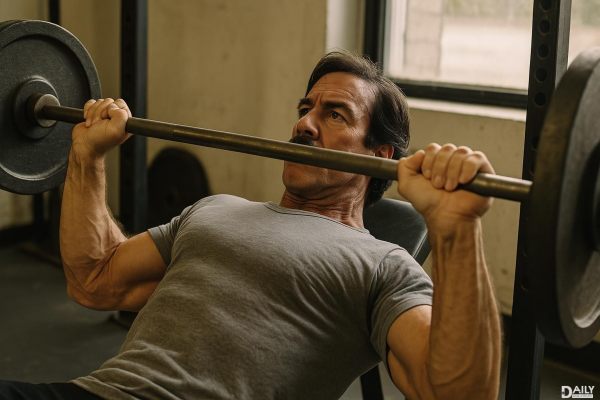Strength training isn't just about bulking up—it's about building a body that moves better, feels stronger, and keeps you energized. Whether you're lifting dumbbells, doing Pilates, or using resistance bands, the key is finding the right intensity to challenge your muscles without wrecking your joints. And if you're new to the iron game, figuring out how much weight to lift can feel like solving a Rubik's Cube blindfolded. But don't stress—once you get the hang of it, picking the right load becomes second nature.
Why Lighter Isn’t Always Wimpier
Ever seen someone at the gym struggling to curl dumbbells that look like they belong in a strongman competition? Yeah, that’s a one-way ticket to Snap City. Starting light isn’t a sign of weakness—it’s smart training. If you’re debating between two weights, always grab the lighter one first. You can always bump it up next set. Perfect form with a 10-pound dumbbell beats sloppy reps with a 20-pounder any day. Plus, easing in helps your tendons and ligaments adapt, which means fewer "why does my elbow hurt?" moments later.
The Goldilocks Test: Is Your Weight Just Right?
If you can crank out 30 reps without breaking a sweat, your weight’s too light. If you’re grunting like a tennis pro on match point by rep three, it’s probably too heavy. The sweet spot? When the last two reps of your set feel like a struggle, but you can still finish with good form. That’s the magic zone where strength gains happen. And don’t be surprised if your "just right" weight changes fast—consistent training means you’ll outgrow certain loads quicker than you’d think.
Not All Exercises Are Created Equal
You wouldn’t use the same weight for bicep curls that you use for deadlifts (unless you’re secretly a superhero). Compound moves—think squats, rows, bench presses—let you go heavier because they recruit more muscle groups. Isolation moves, like lateral raises or tricep extensions, usually require lighter loads. And your lower body? It can typically handle way more weight than your upper body. Those quads and glutes are powerhouses—don’t be afraid to load them up.
Fine-Tuning for Your Fitness Goals
If you’re past the beginner stage and chasing specific gains, your weight selection needs strategy. Want endurance? Stick to higher reps (12-20) with moderate weights. Aiming for muscle growth? Hit 6-12 reps with heavier loads. Going for pure strength? Low reps (1-5) with near-max weights are your jam. But here’s the thing: you don’t have to test your one-rep max to make progress. Consistently pushing yourself—whether through more weight, reps, or harder variations—will keep your muscles guessing and growing.
The Math-Free Path to Progress
Calculating percentages of your max lift can feel like homework. If that’s not your vibe, no sweat. Progressive overload—gradually increasing difficulty—works even without spreadsheets. Try adding one more rep per set, shortening rest periods, or switching to a tougher exercise variation. The goal? Keep challenging yourself without turning every workout into a max-effort grind. Because let’s be real: the best workout plan is the one you’ll actually stick to.
At the end of the day, strength training is about listening to your body, not just chasing numbers. Whether you’re lifting soup cans or barbells, the real win is feeling capable, confident, and ready to tackle whatever life throws at you—literally or figuratively.
























